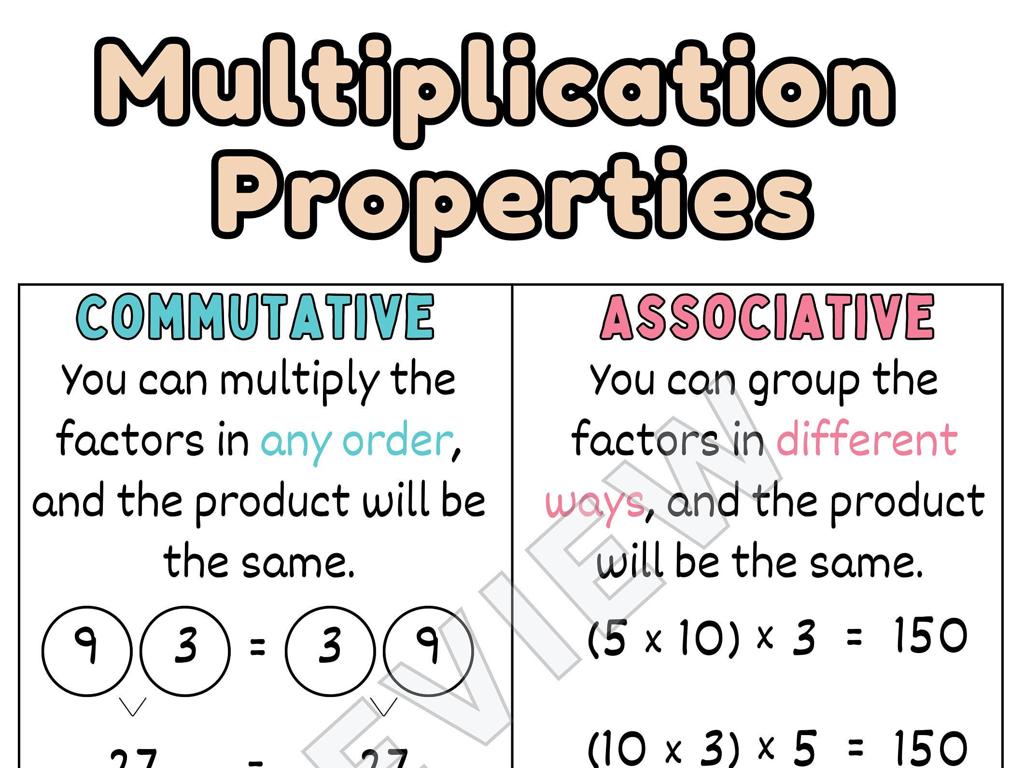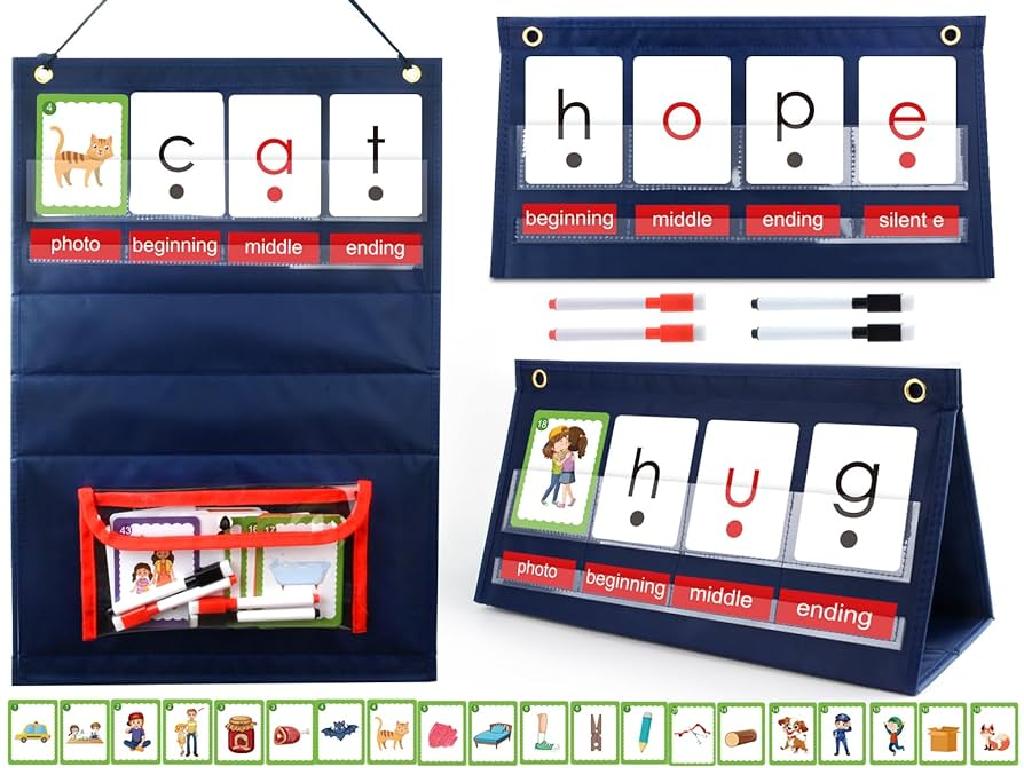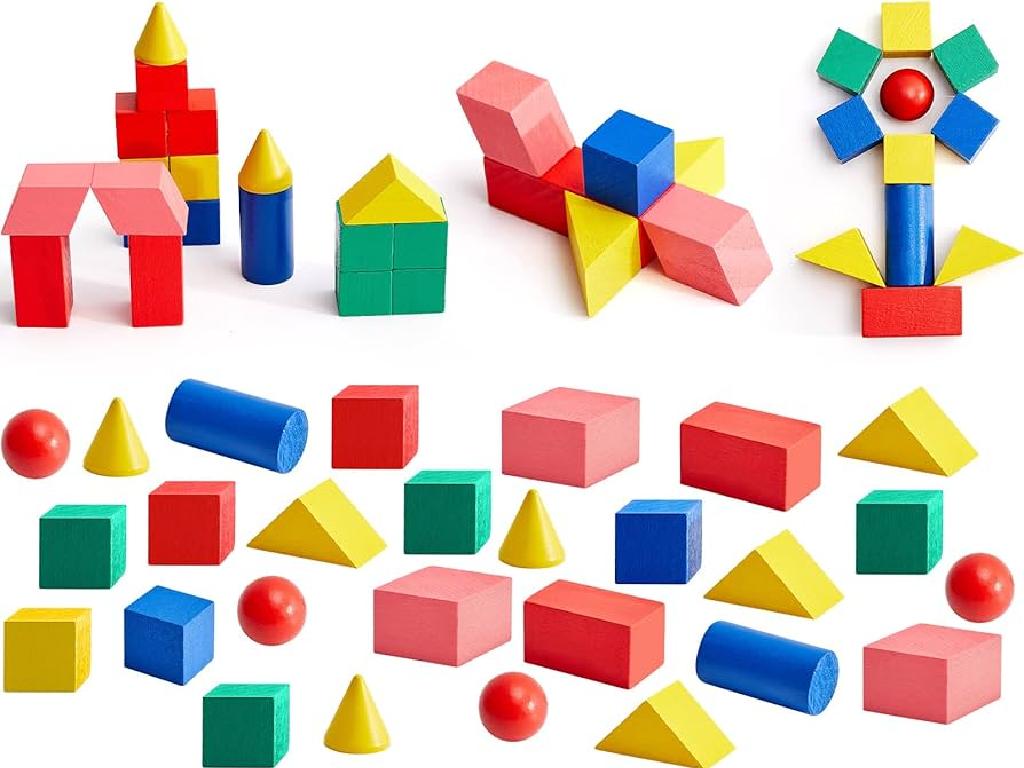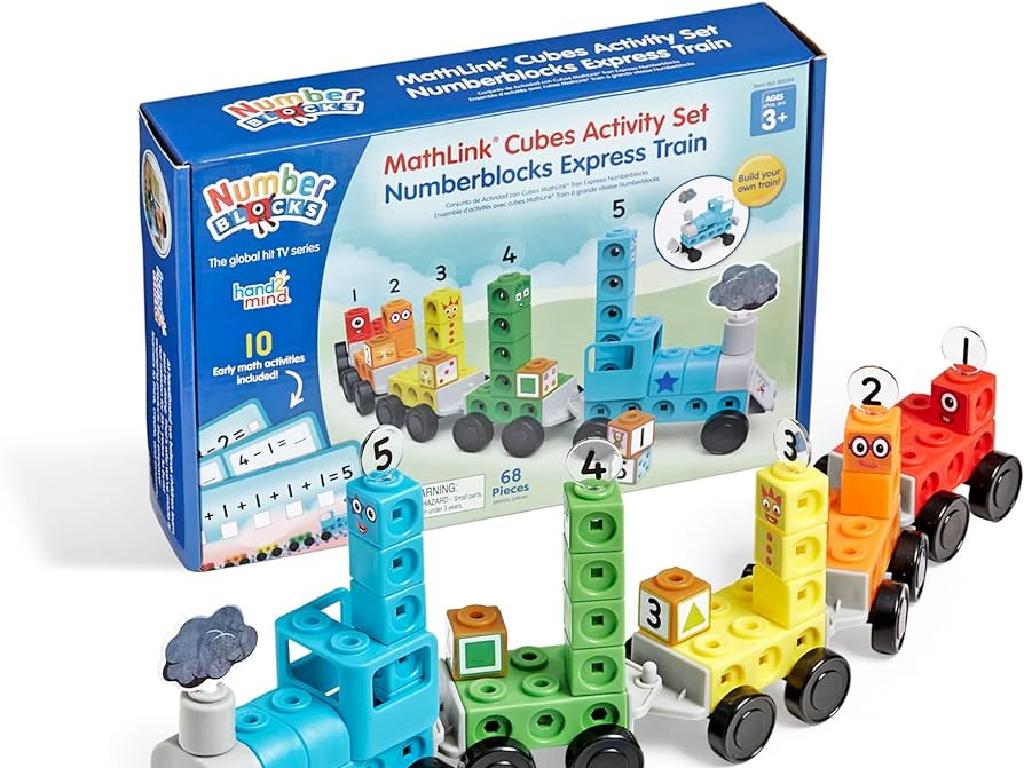Read Fantasy With Illustrations
Subject: Language arts
Grade: Fifth grade
Topic: Literary Texts: Level 1
Please LOG IN to download the presentation. Access is available to registered users only.
View More Content
Welcome to the World of Fantasy!
– Understanding Fantasy genre
– Fantasy is a genre of magic, mythical beings, and imaginary worlds.
– Imagination in Fantasy reading
– Reading fantasy sparks creativity and transports us to new realms.
– Role of Illustrations
– Illustrations enhance the story by bringing characters and settings to life.
– Engaging with Fantasy stories
– They help us visualize and connect more deeply with the narrative.
|
This slide introduces students to the fantasy genre, emphasizing its key elements such as magic, mythical creatures, and fantastical worlds. Discuss how fantasy allows readers to explore their imagination and creativity. Highlight the importance of illustrations in fantasy books, as they provide visual context and can enhance the reader’s immersion in the story. Encourage students to think about how illustrations affect their experience of reading and understanding the story. Ask them to consider their favorite fantasy books and what makes the illustrations memorable or impactful.
Exploring Elements of Fantasy
– Magic and magical creatures
– Enchanting powers and mythical beings like dragons and unicorns
– Other worlds and realms
– Imaginary places beyond our world, like Narnia or Middle-earth
– Heroes and their quests
– Brave characters on adventurous missions to achieve a goal
– The battle of good vs. evil
– The classic struggle between heroes and villains
|
This slide introduces students to the key elements that make up fantasy literature. Discuss the role of magic and magical creatures, which bring wonder and excitement to the story. Explore the concept of other worlds and realms that offer a place of escape and adventure. Talk about heroes and their quests, emphasizing the values of bravery and perseverance. Finally, address the theme of good vs. evil, which is central to many fantasy stories, teaching moral lessons. Use illustrations from popular fantasy books to visually engage the students and help them connect with the concepts. Encourage them to think of examples from their favorite fantasy stories that include these elements.
Understanding Illustrations in Fantasy
– Illustrations complement the story
– Pictures add depth to the text, making the story come alive.
– Visuals set the scene
– Artwork provides a glimpse of the fantasy world’s time and place.
– Art reflects characters’ emotions
– Look at the characters’ expressions and body language in the art.
– Illustrations enhance imagination
– Fantasy art lets us visualize magical elements we’ve never seen before.
|
This slide aims to help students appreciate the role of illustrations in fantasy literature. Illustrations do more than just decorate the page; they work with the text to tell a richer story. They give readers visual cues about the setting, allowing them to immerse themselves in the fantasy world. Characters are brought to life through their depictions, showing emotions and actions that support the written narrative. Encourage students to pay close attention to the illustrations as they read, noting how they add to their understanding and enjoyment of the story. Discuss how certain illustrations make them feel and how they might imagine the story differently without them.
Reading with Imagination: Fantasy and Illustrations
– Create images in your mind
– Imagine the scenes as you read the story
– Use illustrations for understanding
– Look at the pictures to help imagine the fantasy world
– Enhance your reading adventure
– How do the pictures make the story more exciting?
– Share your favorite part
|
This slide aims to encourage students to engage actively with fantasy texts by visualizing the story and using illustrations to aid comprehension. Encourage students to let their imagination run wild as they read, picturing the characters and settings in their mind’s eye. Illustrations serve as a valuable tool, providing visual cues and enriching the narrative. Discuss how these elements make reading more enjoyable and ask students to think about their favorite illustrated moment in the story. This will help them appreciate the role of illustrations in bringing a fantasy world to life and enhance their overall reading experience.
Exploring Fantasy Books with Illustrations
– ‘The Chronicles of Narnia’ overview
– A classic tale by C.S. Lewis featuring a magical land.
– Magic of ‘Harry Potter’ series
– J.K. Rowling’s series about a young wizard’s adventures.
– Journey through ‘Alice in Wonderland’
– Lewis Carroll’s story of a girl’s whimsical adventures.
|
This slide introduces students to the genre of fantasy literature, emphasizing the use of illustrations to enhance the magical experience. ‘The Chronicles of Narnia’ is a series that combines deep moral messages with fantastical elements. The ‘Harry Potter’ series is a modern classic that has captivated young readers with its rich, imaginative world. ‘Alice in Wonderland’ is an enduring tale that takes readers on a trip through a world of wonder and absurdity. Encourage students to think about how illustrations help them visualize and engage with these fantastical worlds. Ask them to consider the emotions and thoughts that the stories and images evoke. This discussion can lead to a deeper appreciation of the artistry in both writing and illustrating these works.
Class Activity: Create Your Fantasy Creature
– Draw your own fantasy creature
– Name your creature and its powers
– Think of unique, magical abilities
– Share your creation with the class
– Describe why you chose this name and powers
|
This activity is designed to spark creativity and imagination among students while they engage with the concept of fantasy in literature. Provide students with paper and coloring materials to draw their fantasy creatures. Encourage them to think outside the box and create something unique, assigning a special name and magical powers to their creature. Once they’ve completed their drawings, have each student present their creature to the class, explaining the name they chose and the powers they’ve given it. This will help develop their public speaking and storytelling skills. Possible variations of the activity could include writing a short story about their creature, creating a habitat for it, or even developing a comic strip.






